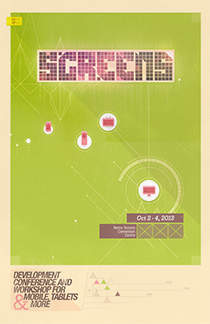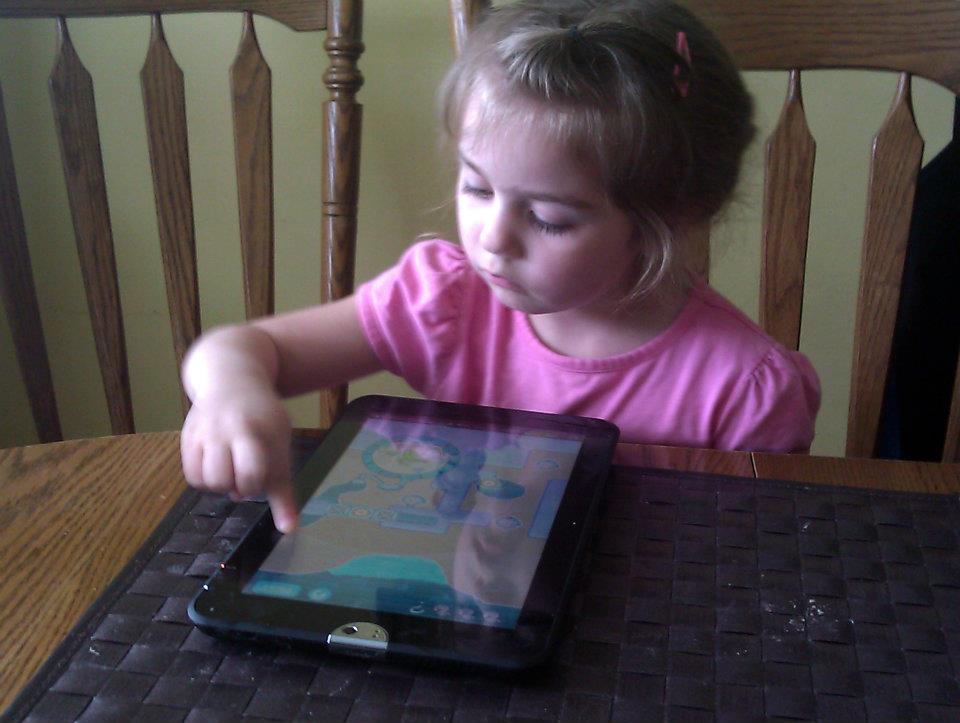Very exciting to be presenting “What You Can Learn From a 4 Year Old About Ponies and Mobile UX” at FITC Screen 2013.
Look at mobile from a child’s perspective to gain insight to practical take-a-ways for implementation with real world examples. See how storytelling, usability and interactive design change the mobile user experience when designed and developed with a four year in mind.
In this session, explore a project case study involving the UX for the various mobile platforms and decisions regarding navigation, content strategy based on testing the user experience with my 4 year old daughter by changing to kid friendly content and images.
Take advantage of the humbling and brutal honesty of kids to build practical and engaging mobile web applications. Feedback was used to make changes to the RWD site’s user experience and the content strategy. If you can engage a 4 year old with good UX, you can certainly engage the target market with good UI/UX, presentation and navigation.
Answer the pressing question “where are the ponies?” in your mobile UX.

